Emerging and fast-advancing technology research is challenging how we think about energy conversion, management, and use across the economy. Keep tabs on cutting-edge innovations that are gaining momentum and possess the potential for disruptive energy impacts.
UPCOMING EVENTS
TBA
PRIOR EVENTS
Most synthetic nitrogen chemicals that make our Modern World are products of extreme chemistry. What if they could be made at room conditions, using air or flue gas? This seminar is an update at the one-year point since the publication of “A Physical Catalyst for the Electrolysis of Nitrogen to Ammonia” (2018). It presents recent insights into the chemical pathway from nitrogen to ammonia, which includes nitrogenous building blocks normally used in the production of rocket fuels, food colorants, and other materials that we rely on.
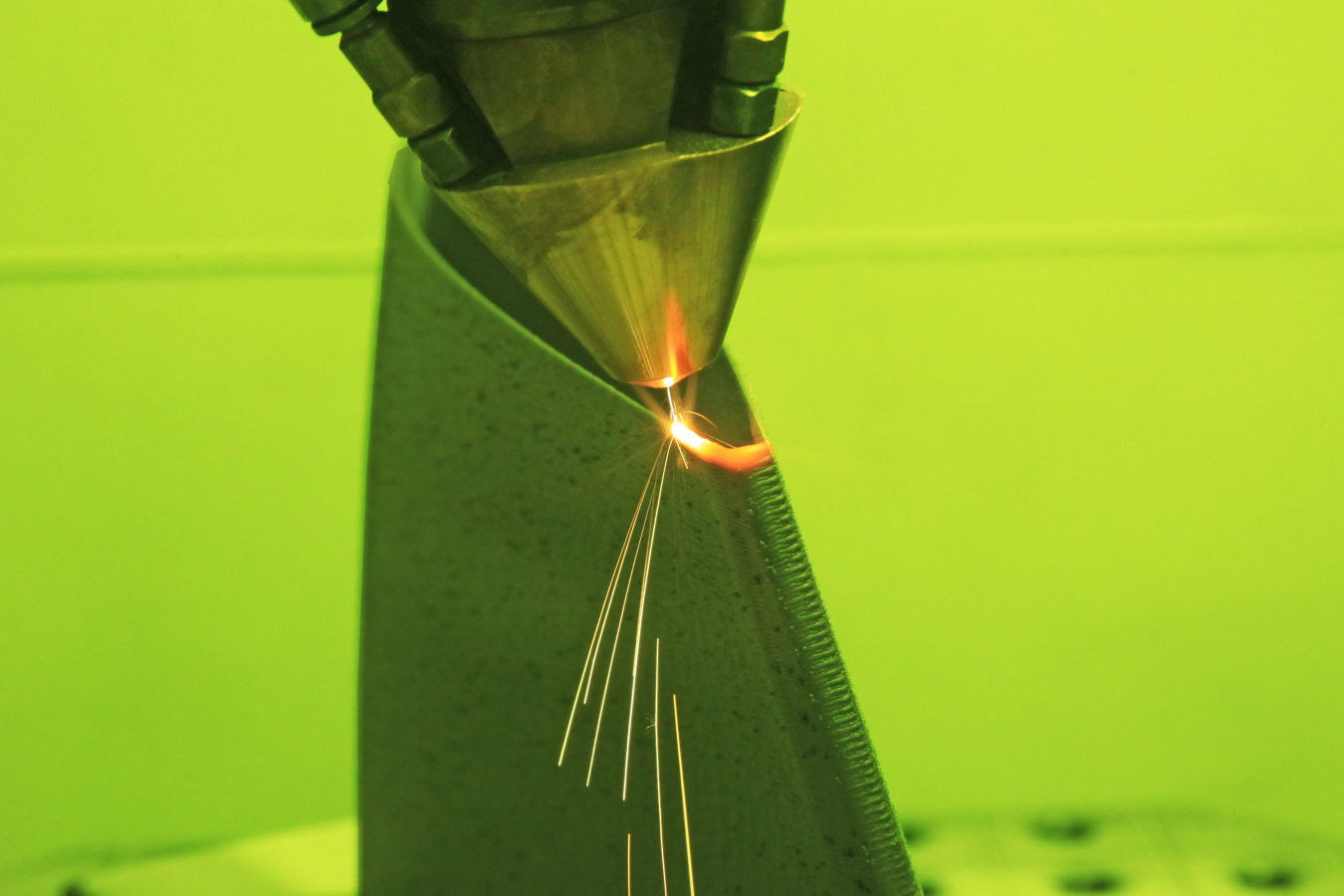
CERAMIC METAL COMPOSITES (CERMETS) FOR ENERGY TECHNOLOGIES (15 NOV 2018)
Imagine a material that combines the high temperature (1000C+) stability of a ceramic, has three times the thermal conductivity of iron base alloys, has excellent fracture toughness, can be easily manufactured into complex shapes, and is far less expensive than today’s super alloys. This presentation provides and update on a new class of cermets -- i.e. composite materials comprising metallic and ceramic phases -- that exhibit all of these characteristics. Though cermets are widely used today in a broad range of industries and applications, recent advances in computational tools and manufacturing methods have allowed unprecedented control in tailoring their properties.
This Forum will provide a brief overview of composite materials, including cermets, with an emphasis on the rationale for selecting materials for specific applications and the mechanisms that endow a composite material with desirable properties that can’t be provided by the individual constituents. Focus will then shift to a discussion on the application of cermets for thermal management applications, particularly heat exchangers, and the current ongoing efforts at ORNL and NETL using computational materials science and additive manufacturing, to develop cermets for heat exchangers in extreme environments (e.g., sCO2 power cycles). Presenter: Dr. Edgar Lara-Curzio, ORNL
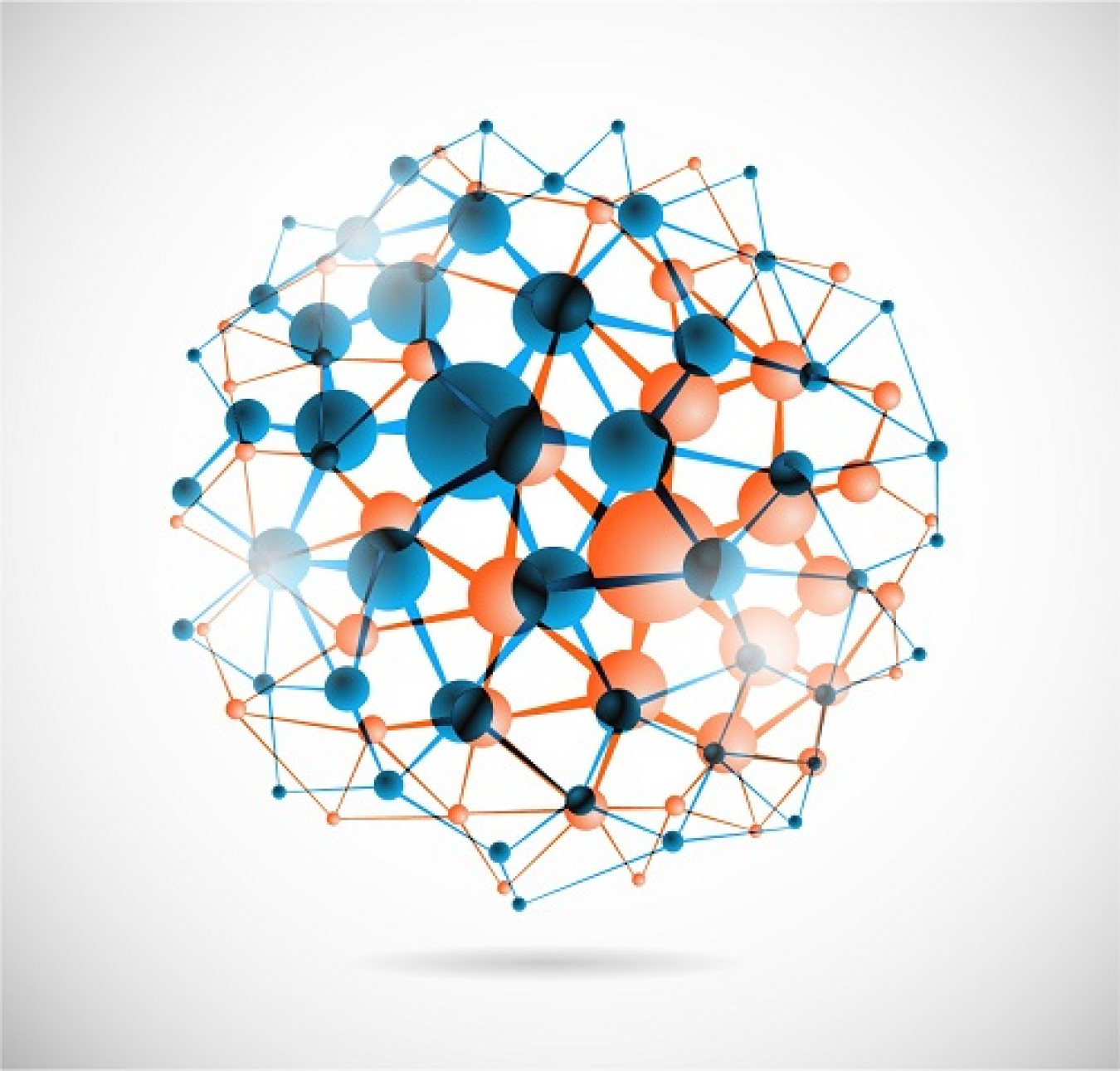
How do you teach an old catalyst new tricks? Catalysts have had a major role in the making of the Modern World due to their ability to direct energy and chemistry toward value-added goods. Yet, only in recent times have researchers began to understand and measure how surface features of catalysts can be manipulated to make an ordinary catalyst behave extra-ordinarily. This seminar will summarize key discoveries in how nanoscale features enabled unexpected and superior functionality for gold, copper, and other catalytic materials. Some pioneering work has been done, e.g. catalyst research with copper for CO2 utilization, but further advancement of this field could tap the potential to greatly reduce or eliminate downstream separations, leading to smaller production systems that are modular, cheaper, and mobile. Presenter: Dr. Douglas R. Kauffman, NETL
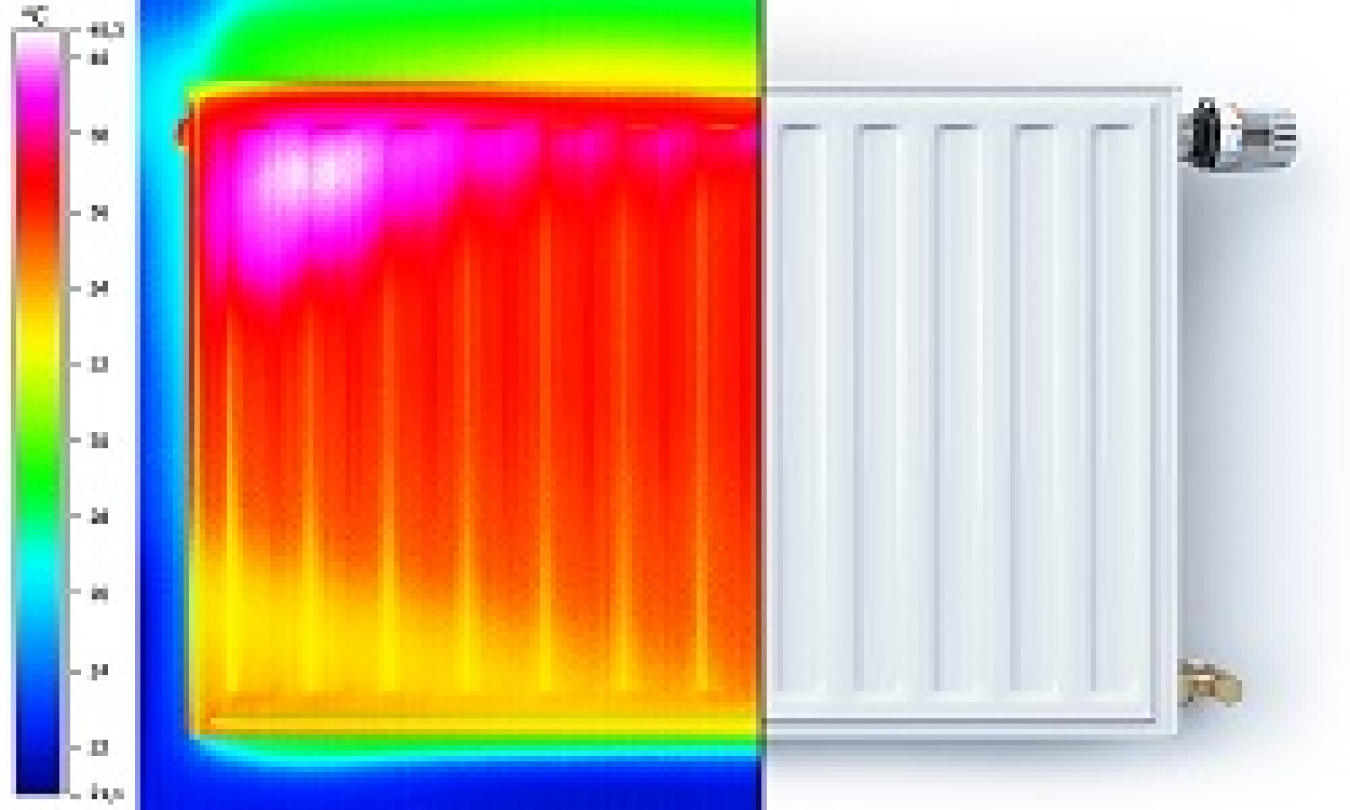
Cost-effective energy storage ranks among the most critical scientific and technological grand challenges of our time. Significant progress is being made in electrochemical batteries (e.g., for electric vehicles), but the vast majority of deployed energy storage capacity (>94% on a rated power basis) continues to be pumped hydro. Advancing thermal energy storage technologies may offer a grid-scale alternative with the potential to improve the efficiency and resiliency of U.S. power systems. Cutting-edge materials discovery, device design, and system architecture developments are converging to enable the next wave of dramatic breakthroughs in thermal energy storage. This presentation describes the current status and prospects of innovative thermal storage materials and systems. Presenter: Dr. Ravi Prasher, LBNL

Machine Learning is a field of computer science that gives computers the ability to learn without being explicitly programmed. Machine learning algorithms enable computers to make predictions or recommendations based on data, patterns, and experiences. Learning-capable machines can already forecast next-day demand or network failure on select electric grids. They can also pick out individual signals from apparent noise, much like a human can identify two different songs playing concurrently on a busy street. Yet, today’s best computer processors cannot process all the information surrounding an autonomous vehicle, and the energy system is even more data intense. This forum provides cross sections of what is possible—with implications for subsurface mapping, material development, preventive maintenance, and power plant cybersecurity. Presenters: Mr. Prabhat, NERSC, and Dr. George Guthrie, LANL
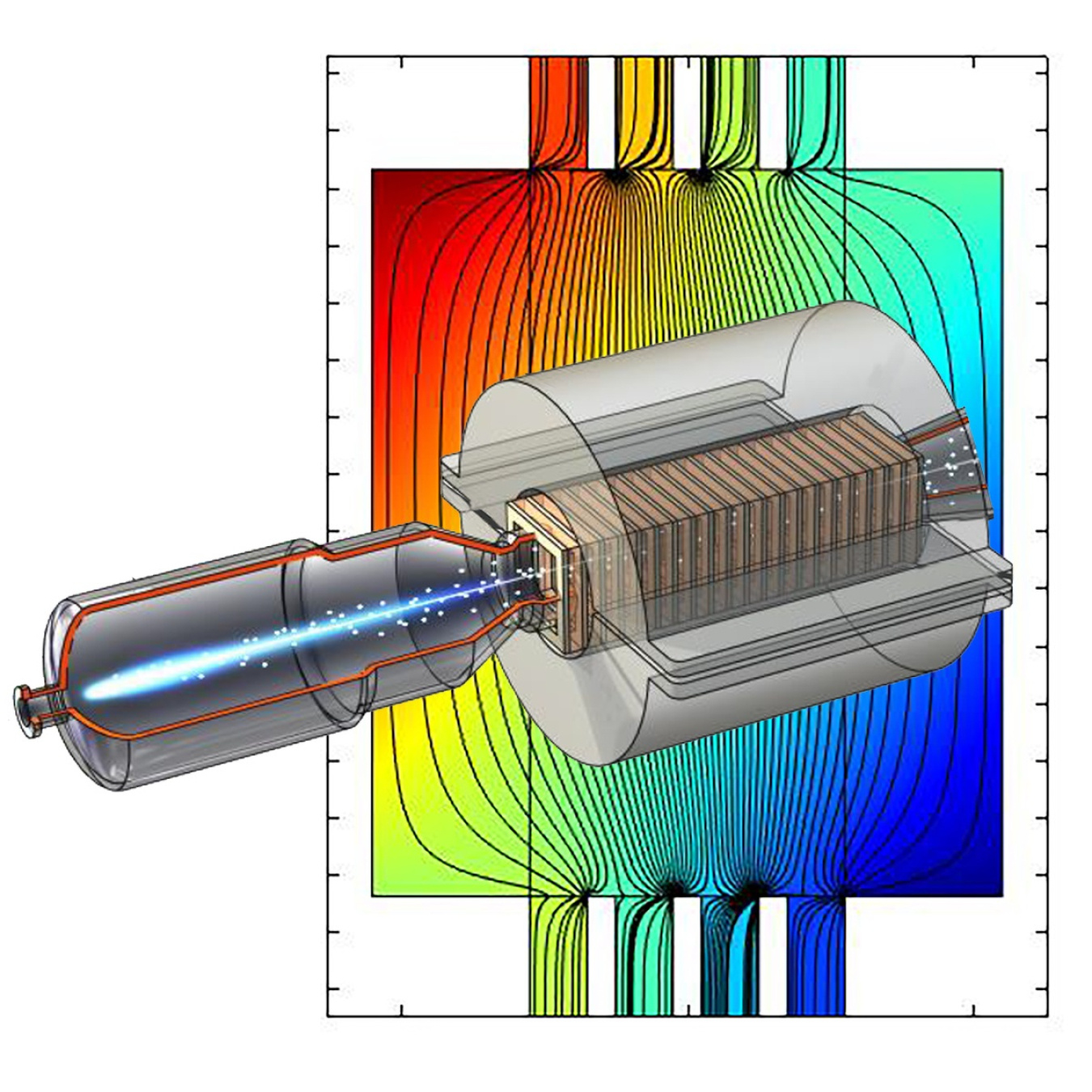
Direct Power Extraction is the ability to produce electricity without moving parts. While conventional engines that power our electricity system are based on rotating or reciprocating equipment, magnetohydrodynamic engines produce power directly—without mechanical motion. The principle mechanism underlying this concept begins with the selective ionization of gas components; these ions then pass through a magnetic field and are redirected to generate current. The gas maintains a constant supersonic velocity during this energy extraction process until discharged at near atmospheric temperatures and pressure. This forum gives an overview of magnetohyrdodynamics and highlights recent advances relevant to modern power systems. Presenter: Dr. Rigel Woodside, NETL
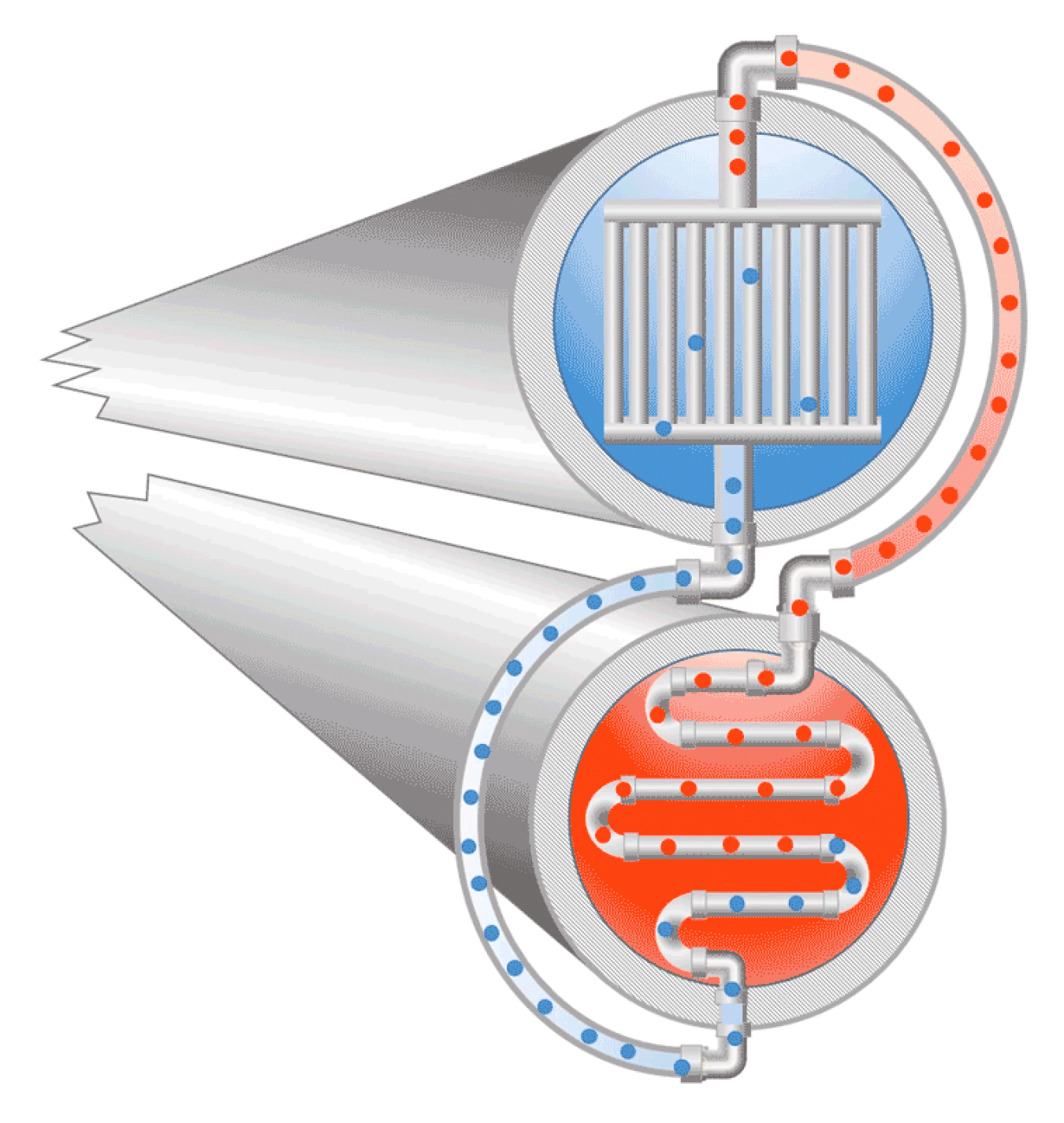
Recent advances in supercritical power cycles suggest opportunities in high-temperature heat recovery. The convergence of enhanced heat pipe and thermosyphon models has led to conceptual designs for a high-temperature recuperator for use in the Supercritical Transformational Electric Power (STEP) pilot project. Preliminary studies show that the concept boosts heat transfer efficiency and allows for thinner and less costly materials of construction. Presenter: Dr. James Black, NETL
ABOUT INNOVATION FORUM
The Innovation Forum is a seminar series on early or rapidly advancing R&D topics that:
- carry the potential for positive disruptive impacts in areas served by the Office of Fossil Energy and the broader DOE community
- introduce fresh ideas or significant recent progress
- appeal to a broad audience, i.e., providing sufficient depth to excite researchers, engage program and project managers, and suggest new pathways to senior DOE management (think Ted Talk).
The Forum aims to advance next-generation energy technologies that can address emerging or future energy system issues.
The Forum provides exposure to complex topics and enables well-informed discussion in a multi-disciplinary DOE setting. This activity stimulates further discussions within programs, leading to adoption of the best concepts. In addition, the Forum provides management the opportunity to learn about novel concepts and technologies that may impact programmatic strategic planning.
The Office of Fossil Energy invites interested individuals from across the DOE program offices and national labs to join these thought-provoking presentations and discussions. To express interest, including suggested topics can be sent to InnovationForum@hq.doe.gov.
POCs:
Dr. Daniel Matuszak (Daniel.Matuszak@HQ.DOE.GOV)
Dr. Darren Mollot (Darren.Mollot@HQ.DOE.GOV)

